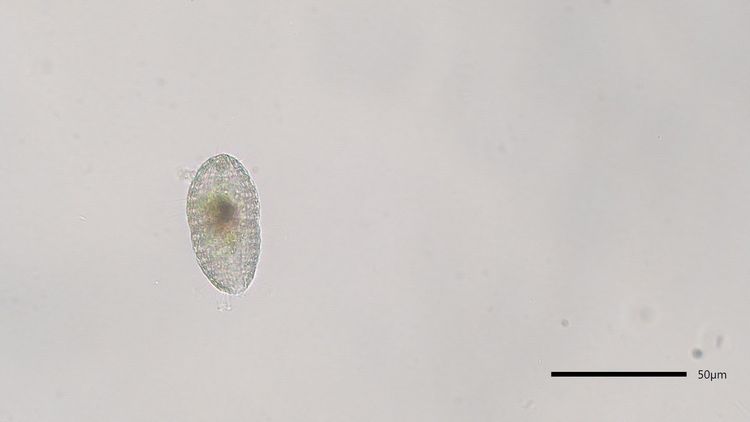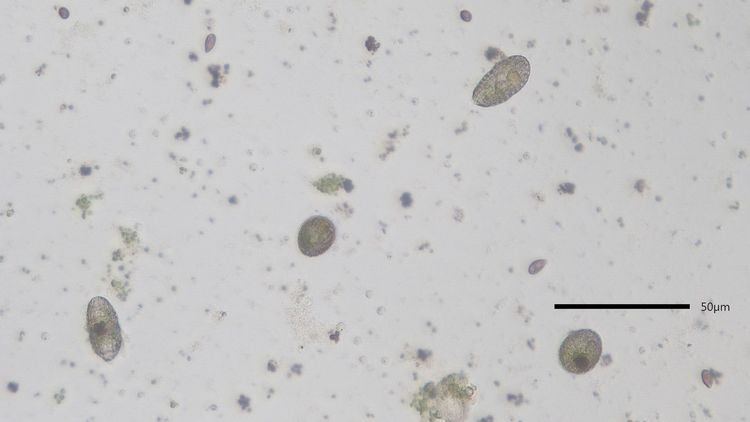New research unit “DynaSym”
Original press release from the University of Konstanz
How different species interact with each other, for example as predator and prey, is by no means fixed and can depend on the prevailing environmental conditions. Which factors play a role in this process is the focus topic of the new DFG research unit "DynaSym" („Density dependent symbiosis in planktonic systems“), which is being funded by the German Research Foundation (DFG) for four years.
To what extent is the relationship between different species fixed? Does a predator, for example, always act as a predator towards its prey? And will species that compete for the same nutrients always be competitors? For a long time, ecologist and evolutionary biologists assumed that such relationships between different species never change. But we now know that they can change – depending on the environmental conditions.
"Using microorganisms as model organisms, we want to find out how density changes the type of interaction between species and how this affects the dynamics of populations and communities," explains Prof. Dr. Lutz Becks, ecologist and evolutionary biologist from the Department of Biology at the University of Konstanz and spokesperson for DynaSym. For example, under what conditions does a competitive relationship change into a mutualistic relationship that is beneficial to both species? And do such changes have subsequent effects on population densities – in other words, are there feedback mechanisms?
“Symbioses are very common in aquatic habitats and often contribute to the functioning of ecosystems. Nevertheless, we currently lack a comprehensive understanding of how symbiotic communities function in the food web and how they react to environmental changes,” says Dr. Stefanie Moorthi from the Institute for Chemistry and Biology of the Marine Environment (ICBM) at the University of Oldenburg. Moorthi is leading one of the eight sub-projects in DynaSym and, together with her colleague Dr. Toni Klauschies from the University of Potsdam, will investigate the endosymbiosis between ciliates and microalgae in more detail. “We want to find out what happens to this symbiosis when, for example, the temperature rises, the availability of nutrients in the water changes or more ciliates have to compete for food,” says Moorthi. In order to understand these interactions in detail, the scientists are combining laboratory experiments and mathematical modeling. With their results, they hope to fill a significant gap in current ecological theory and contribute to a better understanding of ecosystems in lakes that are confronted with anthropogenic stressors such as changes in nutrient input and warming.
A total of six German universities and research institutes are involved in DynaSym, and collaborating with partners from France, Israel and the USA.



![[Translate to English:]](/f/5/_processed_/3/2/csm_ICBM-Logo-transparent-_91fe1c6774.png)


